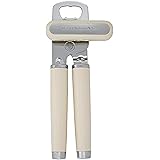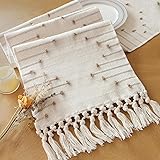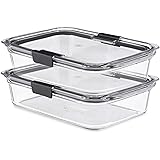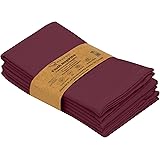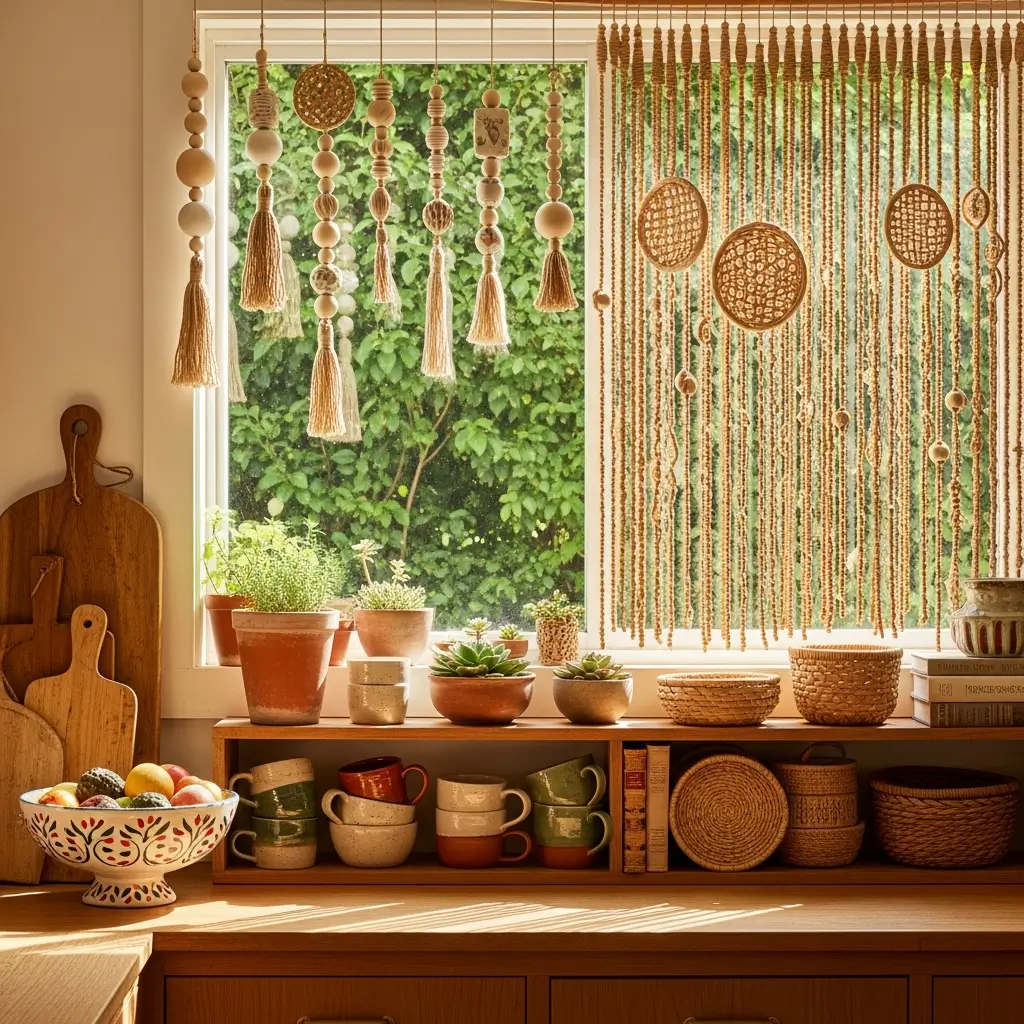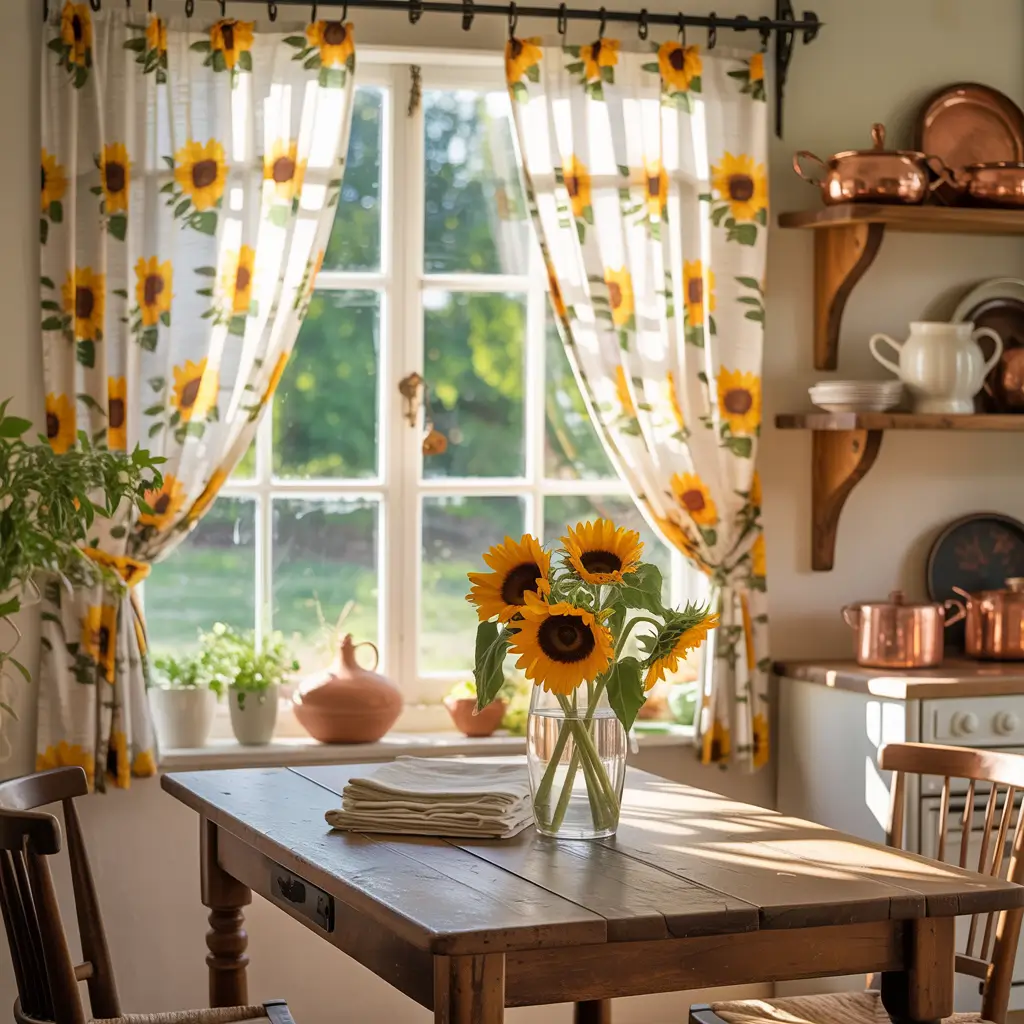How to Build a Fireplace Mantel Easy DIY Guide

Owala FreeSip Insulated Stainless Steel Water Bottle with Straw, BPA-Free Sports Water Bottle, Great for Travel, 24 Oz, Denim
$29.99 (as of November 11, 2025 20:05 GMT +00:00 - More infoProduct prices and availability are accurate as of the date/time indicated and are subject to change. Any price and availability information displayed on [relevant Amazon Site(s), as applicable] at the time of purchase will apply to the purchase of this product.)STANLEY Quencher H2.0 Tumbler with Handle and Straw 40 oz | Flowstate 3-Position Lid | Cup Holder Compatible for Travel | Insulated Stainless Steel Cup | BPA-Free | Plum
$26.55 (as of November 11, 2025 20:05 GMT +00:00 - More infoProduct prices and availability are accurate as of the date/time indicated and are subject to change. Any price and availability information displayed on [relevant Amazon Site(s), as applicable] at the time of purchase will apply to the purchase of this product.)Rubbermaid Brilliance Food Storage Containers BPA Free Airtight Lids Ideal for Lunch Meal Prep & Leftovers Set of 5 (3.2 Cup)
$27.99 (as of November 11, 2025 20:05 GMT +00:00 - More infoProduct prices and availability are accurate as of the date/time indicated and are subject to change. Any price and availability information displayed on [relevant Amazon Site(s), as applicable] at the time of purchase will apply to the purchase of this product.)Etekcity Food Kitchen Scale, Digital Grams and Ounces for Weight Loss, Baking, Cooking, Keto and Meal Prep, LCD Display, Medium, 304 Stainless Steel
$13.99 (as of November 11, 2025 20:05 GMT +00:00 - More infoProduct prices and availability are accurate as of the date/time indicated and are subject to change. Any price and availability information displayed on [relevant Amazon Site(s), as applicable] at the time of purchase will apply to the purchase of this product.)Alpha Grillers Meat Thermometer Digital - Instant Read Food Thermometer for Cooking and Grilling Stocking Stuffers for Men Christmas Gifts for Men
$13.58 (as of November 11, 2025 20:05 GMT +00:00 - More infoProduct prices and availability are accurate as of the date/time indicated and are subject to change. Any price and availability information displayed on [relevant Amazon Site(s), as applicable] at the time of purchase will apply to the purchase of this product.)Crock-Pot 7 Quart Oval Manual Slow Cooker, Stainless Steel (SCV700-S-BR), Versatile Cookware for Large Families or Entertaining
$47.99 (as of November 11, 2025 20:05 GMT +00:00 - More infoProduct prices and availability are accurate as of the date/time indicated and are subject to change. Any price and availability information displayed on [relevant Amazon Site(s), as applicable] at the time of purchase will apply to the purchase of this product.)KitchenAid Classic Multifunction Can Opener and Bottle Opener Easy to Use, Razor Sharp Stainless Steel Cutting Wheel, Soft Ergonomic Handles, Black
$14.35 (as of November 11, 2025 20:05 GMT +00:00 - More infoProduct prices and availability are accurate as of the date/time indicated and are subject to change. Any price and availability information displayed on [relevant Amazon Site(s), as applicable] at the time of purchase will apply to the purchase of this product.)Owala SmoothSip Slider Insulated Stainless Steel Coffee Tumbler, Reusable Iced Coffee Cup, Hot Coffee Travel Mug, BPA Free 12 oz, Vanilla Bean
$24.99 (as of November 11, 2025 20:05 GMT +00:00 - More infoProduct prices and availability are accurate as of the date/time indicated and are subject to change. Any price and availability information displayed on [relevant Amazon Site(s), as applicable] at the time of purchase will apply to the purchase of this product.)HydroJug Traveler - 32 oz Water Bottle with Handle & Flip Straw - Fits in Cup Holder, Leak Resistant Tumbler-Reusable Insulated Stainless Steel & Rubber Base - Gifts for Women & Men, Pink Sand
$34.99 (as of November 11, 2025 20:05 GMT +00:00 - More infoProduct prices and availability are accurate as of the date/time indicated and are subject to change. Any price and availability information displayed on [relevant Amazon Site(s), as applicable] at the time of purchase will apply to the purchase of this product.)ThermoPro TP19H Digital Meat Thermometer for Cooking with Ambidextrous Backlit and Motion Sensing Kitchen Cooking Food Thermometer for BBQ Grill Smoker Oil Fry Candy Instant Read Thermometer
$14.99 (as of November 11, 2025 20:05 GMT +00:00 - More infoProduct prices and availability are accurate as of the date/time indicated and are subject to change. Any price and availability information displayed on [relevant Amazon Site(s), as applicable] at the time of purchase will apply to the purchase of this product.)Crafting the Heart of Your Home
A fireplace is the natural centerpiece of any room, but a mantel gives it character, purpose, and personality. It’s the stage for family photos, seasonal decorations, and cherished memories. While pre-fabricated mantel kits are available, learning how to build a fireplace mantel from scratch offers an unparalleled opportunity to create a custom focal point that perfectly fits your space and style.
This comprehensive guide will walk you through the entire process, from critical safety planning and material selection to precise construction and beautiful finishing. Building a mantel is an achievable project for those with moderate woodworking skills, offering a significant payoff in both home value and personal satisfaction. By following these detailed steps, you can create a sturdy, beautiful mantel that will become the heart of your home for years to come.
Section 1: Pre-Construction Planning and Safety
The success of your mantel project begins long before you make the first cut. Careful planning ensures a beautiful result that is also safe and structurally sound.
Understanding Fireplace Mantel Clearance Codes
The single most important consideration is safety. Building codes mandate minimum clearances between your fireplace opening and any combustible materials, including a wooden mantel . These rules are not suggestions—they are essential for preventing fire hazards.
- National Fire Code Basics: The national fire code requires combustible materials like wood to be at least six inches from the firebox opening on all sides . This is an absolute minimum.
- The Projection Rule: If your mantel shelf projects (sticks out) from the wall, the required clearance increases. A common rule is to add one inch of vertical clearance for every 1/8 inch the mantel projects beyond the 1.5-inch mark . For example, a 6-inch deep shelf would require significantly more clearance above the fireplace than a flat surround.
- Manufacturer’s Instructions Are Paramount: Always consult your fireplace’s owner manual first. Clearance requirements can vary significantly between different models of gas, wood-burning, and electric fireplaces . When in doubt, the mantra “more is better” applies—adding a few extra inches of clearance is always a safe practice .
Designing Your Mantel: Style and Proportions
A well-proportioned mantel looks intentional and balanced. Consider these design guidelines:
- Width: The mantel should typically extend 3 to 6 inches beyond the fireplace opening on each side. For a fireplace with a masonry surround, you may choose to extend the mantel the full width of the brick or stone .
- Height: The standard height for a mantel shelf is between 54 and 60 inches from the floor, though this can be adjusted for modern looks or rooms with very high or low ceilings .
- Depth: A shelf depth of 6 to 9 inches is common, providing ample space for decor without intruding too far into the room. A standard 1×8 board, which is actually 7.25 inches deep, is a popular choice .
- Style Inspiration: Decide on a style that complements your home. Popular options include:
Selecting the Right Wood and Materials
Your choice of material impacts the project’s cost, workability, and final appearance.
- Poplar: An excellent choice for painted mantels. It’s affordable, stable, and takes paint very well .
- Pine: A softwood that is affordable and easy to work with, but more susceptible to dents. Using a pre-stain wood conditioner is recommended if you plan to stain pine to avoid a blotchy finish .
- Oak or Maple: Hardwoods that are durable and take stain beautifully for a rich, finished look, but are more expensive and can be harder for beginners to work with .
- MDF (Medium-Density Fiberboard): A budget-friendly option that is smooth and ideal for painting. However, it is not suitable for staining and may not hold up as well over time as solid wood. Ensure you use formaldehyde-free, FSC-certified MDF if possible .
Table: Wood Selection Guide for Fireplace Mantels
| Wood Type | Best For | Pros | Cons | Finish Recommendation |
|---|---|---|---|---|
| Poplar | Painted projects | Affordable, takes paint perfectly, stable | Grain pattern is not attractive for staining | Paint |
| Pine | Stained or painted projects on a budget | Low cost, easy to cut and shape | Soft (dents easily), can blotch with stain | Pre-stain conditioner + Stain, or Paint |
| Oak/Maple | High-end stained finishes | Very durable, beautiful natural grain | Expensive, harder to work with | Stain |
| MDF | Ultra-smooth painted looks | Very smooth surface, low cost | Cannot be stained, less durable than wood | Paint |
Section 2: Tools and Materials Checklist

Gathering all your tools and materials beforehand streamlines the building process.
Essential Tools
- Measuring Tape & Pencil
- Saw: A miter saw is ideal for making precise crosscuts and angled cuts for molding . A circular saw or table saw can also be used .
- Drill/Driver: For drilling pilot holes and driving screws.
- Stud Finder: Critical for securely mounting the mantel to wall studs .
- Level: Ensures your mantel is perfectly straight during installation .
- Nail Gun (Pneumatic Brad Nailer): Highly recommended for efficiency and holding power. A hammer and finish nails can be used but is more labor-intensive .
- Pocket Hole Jig (e.g., Kreg Jig): A valuable tool for creating strong, hidden joints .
- Sander or Sandpaper (120-, 180-, and 220-grit) .
Required Materials
- Primary Wood Boards (e.g., 1×10, 1×8, 1×2 pine or poplar) .
- Decorative Molding (crown, baseboard, astragal, etc.) .
- Wood Glue
- Construction Adhesive for attaching to masonry or tile .
- Wood Screws (2-inch to 3.5-inch, for structural connections)
- Finish Nails (for nail gun)
- Masonry Screws & Drill Bit (if attaching to brick or stone) .
- Wood Filler or Spackle (for filling nail holes)
- Primer, Paint, and/or Stain
Section 3: Step-by-Step Construction Guide
This guide outlines the process for building a classic full-surround mantel. The project can take between 6-10 hours for an intermediate DIYer .
Step 1: Create a Detailed Plan and Cut List
Based on your measurements and design, sketch a plan on paper. Create a cut list for every piece of wood you’ll need, including the legs (pilasters), breastplate (horizontal piece above the firebox), and the shelf itself. This “measure twice, cut once” approach prevents costly mistakes .
Step 2: Build the Mantel Legs (Pilasters)
The legs are typically built as three-sided boxes to give them depth and a professional look .
- Cut a front board and two side boards for each leg.
- Apply wood glue to the edges and use a nail gun or pocket screws to assemble the pieces into a U-shaped channel that will fit against the wall .
Step 3: Build and Attach the Breastplate
The breastplate is the horizontal board that sits between the legs, above the fireplace opening.
- Cut the breastplate to length, which will be the distance between the outside edges of the two legs.
- Join the breastplate to the top of the legs using wood glue and pocket screws or nails, ensuring the assembly is square .
Step 4: Assemble and Install the Mantel Shelf
A thick, substantial shelf can be created by laminating two boards together.
- Cut two boards (e.g., 1x8s) to the desired shelf length.
- Glue and nail the top board to a supporting base board .
- To hide the seam and create a solid appearance, attach a 1×2 strip to the front edge of the shelf with mitered 45-degree corners .
Step 5: Add Decorative Molding and Trim
This step transforms the basic structure into a custom piece.
- Use crown molding along the top of the breastplate, underneath the shelf .
- Add baseboard trim to the bottom of the legs .
- Create paneling or box details on the legs and breastplate using 1×2 or 1×4 boards .
- Pro Tip: Always cut molding at a 45-degree angle for clean, professional corners .
Step 6: Sand and Finish
A smooth finish is critical for a professional look.
- Sand Thoroughly: Progress through 120-, 180-, and 220-grit sandpaper. Always sand with the wood grain .
- Fill Nail Holes: Use wood filler, let it dry, and sand smooth.
- Clean: Wipe away all dust with a tack cloth .
- Pre-Stain (if staining pine): Apply a pre-stain wood conditioner to prevent blotchiness .
- Apply Finish: Use a brush or rag to apply your chosen stain or paint. For paint, a primer coat is recommended. Multiple thin coats are better than one thick coat. Consider using heat-resistant paint for areas close to the firebox .
Section 4: Installation Methods for Different Wall Types
Securing the mantel to the wall is a critical step. The method depends on your wall material.
Installing on Drywall
- Use a stud finder to locate the wooden wall studs.
- Position the mantel and drive long (3-inch) screws through the back of the mantel’s frame directly into the studs .
- For added stability, you can install a French cleat: a 2×4 ripped at a 45-degree angle, with one part secured to the wall and the mating part secured to the back of the mantel. The two pieces interlock for a very strong hold .
Installing on Brick or Stone
- Mark the drill points on the wall.
- Use a hammer drill with a masonry bit to drill pilot holes into the mortar (not the brick itself, if possible, as mortar is easier to repair) .
- Secure a wooden “nailer” board to the wall using masonry screws .
- Then, attach the mantel to this wooden nailer board using construction adhesive and screws or nails .
Section 5: Maintenance and Troubleshooting
- Dust Regularly: Use a soft cloth or duster to keep your mantel clean .
- Clean Gently: Periodically clean with a mild soap solution and a damp cloth, avoiding oversaturation of the wood .
- Addressing Gaps: If there are small gaps between the mantel and an uneven wall, use painter’s caulk to fill them for a seamless look .
- Fixing Paint Chips: Touch up any paint chips or scratches promptly to keep the mantel looking fresh .
Conclusion
Learning how to build a fireplace mantel is a rewarding DIY project that enhances your home’s warmth and character. By prioritizing safety clearances, carefully selecting materials, and following a methodical construction process, you can create a beautiful, custom focal point that reflects your personal style. The result is not just a piece of woodwork, but a platform for family memories and a testament to your own craftsmanship.











